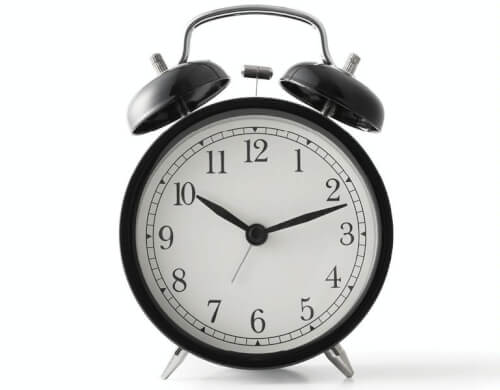Step into any hospital unit and you’ll likely hear a symphony of alarms that are coming from loud speakers, patient bedsides and from devices around the necks of nurses.
Alarms can be life-saving, but they also present a common problem experienced by health care professionals around the world: alarm fatigue. It’s a safety concern caused by a sensory overload of an excessive number of alarms. It often results in desensitization and missed alarms.
Jake Stephens, an engineering graduate student, conducted local research with staff members at Holland Hospital, a health care network that serves residents of West Michigan. The network recently formed the Alarm Fatigue Committee and reached out to Grand Valley’s School of Engineering to see if a student could help combat the issue. Stephens joined the committee in May.
Kara Heck, manager of nursing quality and performance improvement, said she and others at the hospital noticed the partnerships the engineering school has with other hospitals and thought it would be a good opportunity to see if a student could help.
“We just implemented a new cardiac monitoring system and found that there were thousands of alarms on one unit in one month so we knew we had an opportunity, which is not unique to only our hospital,” Heck said.
Stephens, from Lowell, found, on average, 85-95 percent of alarms at the hospital are considered false and don’t require intervention.
“Think of it as if you addressed 29 calls in an hour,” Stephens said. “Each one is a false alarm, so are you going to respond to the 30th one the same way as you did the first one? Nurses around the world are being pulled away from patients or other serious issues to respond to an alarm that is often false.”
Stephens first focused on cardiac monitors that are tracked by devices worn, like a pager, by nurses in the hospital’s Emergency Department and Intensive Care Unit. His study expanded to the birth center, spine and orthopedic, and postsurgical units.
“All departments have their own subculture, challenges and needs,” he said, adding that the common denominator is too many alarms.

“If you addressed 29 calls in an hour and each one is a false alarm, so are you going to respond to the 30th one the same way as you did the first one?”
JAKE STEPHENS, graduate student
Nurses were experiencing both a high number of alarms and patient calls, so Stephens began observing hourly rounds in the hospital units.
He supported a workflow change of nurses checking on patients at the top of the hour and letting them know they’ll be back in another hour, which, in turn, could decrease the volume of patient calls.
Heck said the original plan was to see if Stephens could create a new device to reduce alarms; however, the project revealed workflow opportunities that would have a more sustainable impact.
“Through Jake’s observations and research, we realized that we need to take a look at our culture and environment and not add another device or technology to fix the problem, which has been supported in our literature review,” she said.
This study didn’t require Stephens to build a new device or develop a prototype — tasks he was quite familiar with as an undergraduate student in the product design and manufacturing engineering (PDM) program. He said this project allowed him to further his non-technical skills like communication, critical thinking and leadership.
“The PDM program is great at looking at the whole picture. I was able to develop technical skills as an undergrad, but being a well rounded professional is crucial and Grand Valley really prepared me,” he said.
Stephens, who will graduate in August 2019 with a master’s degree in engineering, is enrolled in the combined bachelor’s and master’s engineering degree program. He completed an internship at Parasol Medical in Chicago, a startup company that specializes in medical device design and development.
“There’s so much innovation and change in the medical design industry,” he said. “You can see how your work is directly impacting someone’s life. It’s my passion.”






